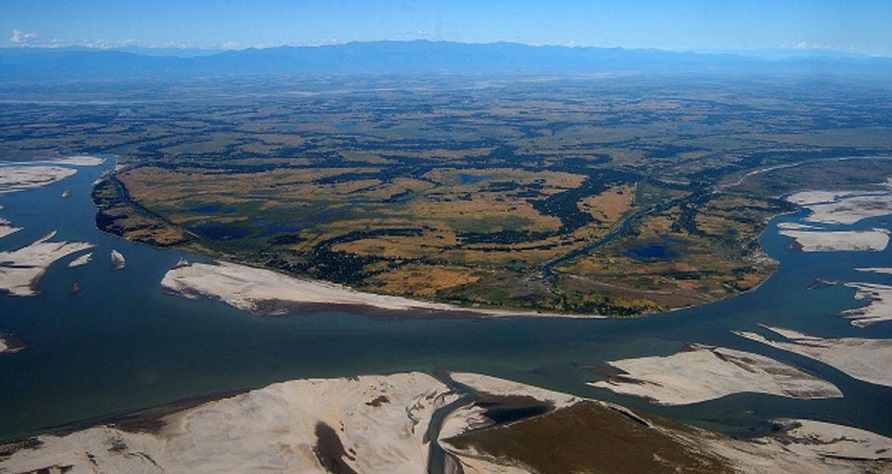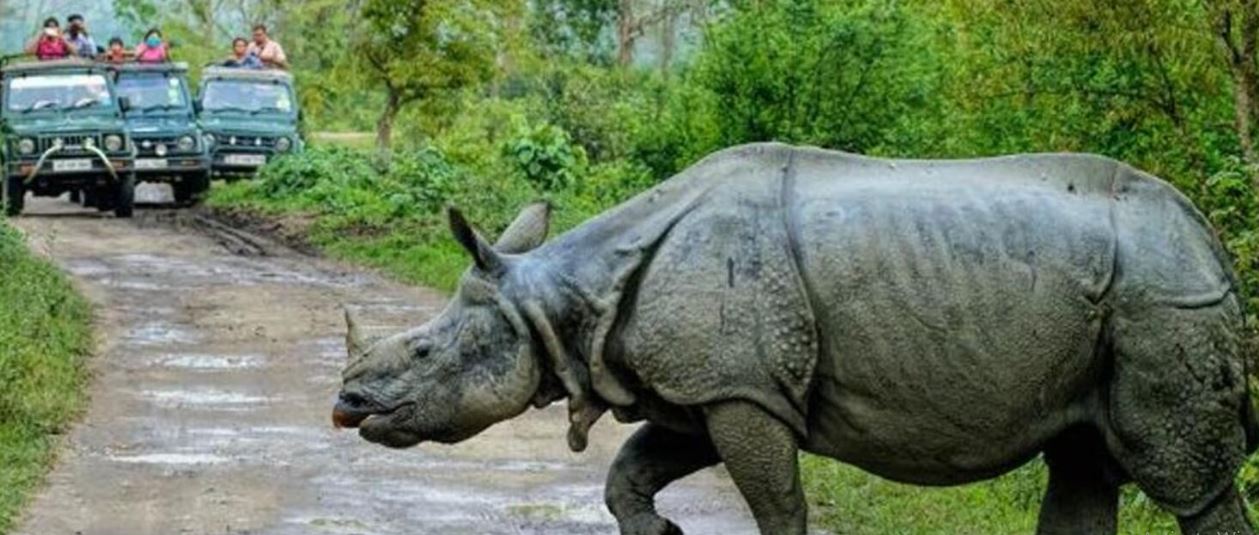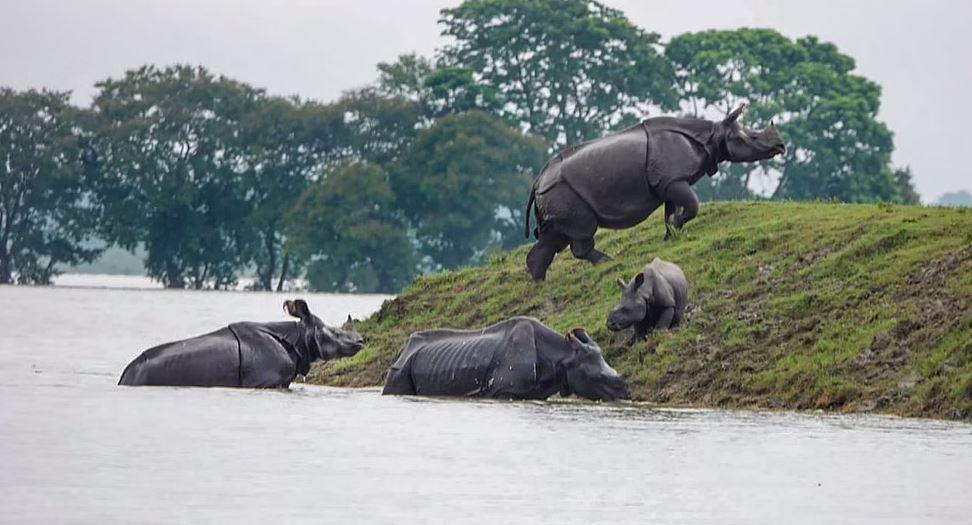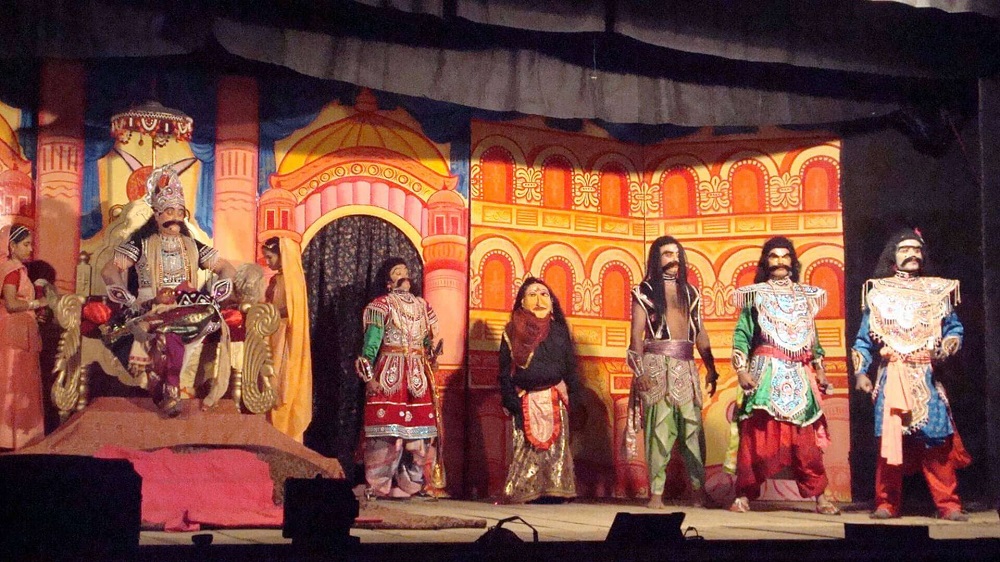
If it’s November, It’s time for the Kaziranga and Majuli Festival!
Embarrassing on a journey to Kaziranga National Park during the Majuli Festival is a symphony of nature and culture, where the untamed beauty of the wildlife converges with the vibrant traditions of Assam. Nestled amidst the mighty Brahmaputra River, Majuli, the world’s largest river island, comes alive during the vibrant Majuli Festival. This annual celebration, deeply rooted in Assam’s cultural heritage, is a captivating display of traditions, art, and spirituality that draws locals and tourists alike. The Majuli Festival showcases the rich cultural mosaic of Assam. Traditional dance forms like Bihu and Sattriya, which have their roots in the island’s Vaishnavite monasteries, grace the stage with mesmerizing performances. The rhythmic beats of dhols and taals echo through the air, creating an enchanting atmosphere that reverberates with the essence of Assamese culture.
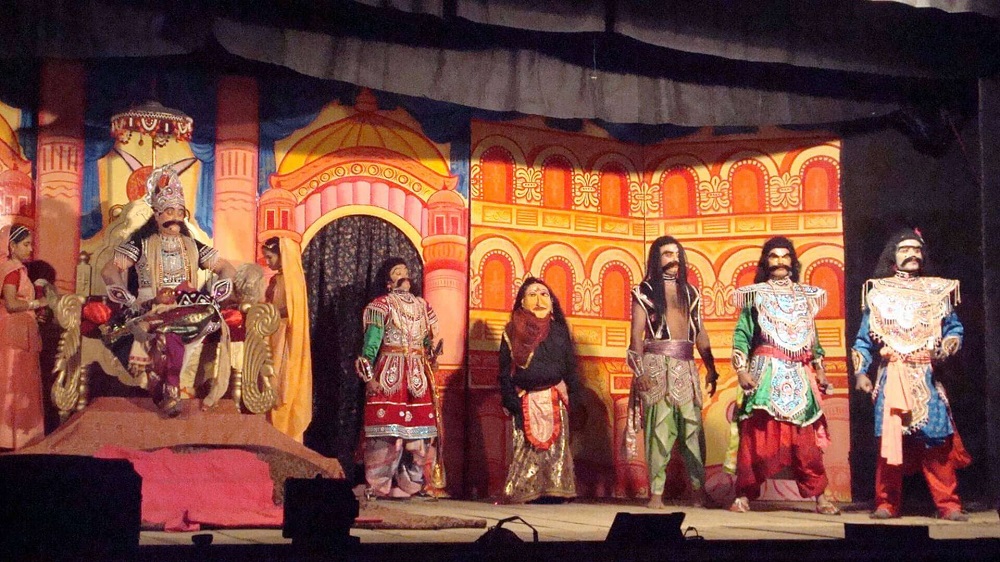
Let’s enjoy the festival first,
Majuli is a hub of Assamese Neo-Vaishnavite culture. The festival holds immense religious importance, with devotees participating in prayer sessions, bhajans, and processions. The air is filled with devotional hymns, and the island becomes a spiritual haven during the festival, fostering a sense of unity among the worshippers. Celebrated on the banks of River Luit, one can only talk about Majuli by delving into its rich tradition of handloom and craftsmanship. The festival provides a platform for local artisans to showcase their skills, featuring handwoven textiles, bamboo crafts, and traditional masks. Visitors can immerse themselves in the vibrant hues and intricate designs that represent the island’s unique artistic identity.
Assam’s delectable cuisine takes center stage during the festival. From mouth-watering Assamese sweets to flavorful ethnic dishes, food stalls offer a gastronomic journey for festival-goers. Traditional Assamese thalis, featuring rice, fish curry, and a variety of chutneys, allow visitors to savor the region’s authentic flavours. Beyond the cultural and religious aspects, the Majuli Festival is a celebration of togetherness. Locals and tourists come together to revel in the festive spirit, sharing laughter, dance, and joy. The sense of community that permeates the festival reflects the warm hospitality that Assam is renowned for.
The Majuli Festival is not merely a celebration; it is a cultural odyssey that encapsulates the essence of Assam. Through its diverse array of events, the festival showcases the resilience and spirit of the people of Majuli, inviting everyone to partake in the beauty of this enchanting river island. As one leaves Majuli, the memories of its festival linger, a kaleidoscope of colours, sounds, and traditions etched in the heart, beckoning a return to experience the magic once more.
Now come to the page of wildlife at Kaziranga
Embarking on a journey to Kaziranga National Park during the Majuli Festival is a collaboration of nature and culture, where the untamed beauty of the wildlife converges with the vibrant traditions of Assam. Leaving behind the festivities of Majuli, the road to Kaziranga is a scenic delight. The lush green landscapes, interspersed with quaint villages, create a picturesque journey. The anticipation builds as one approaches the national park, home to the iconic one-horned rhinoceros and a myriad of other wildlife species.
The wildlife safari offers a front-row seat to the majesty of nature. Elephants leisurely traverse the grasslands, rhinos graze peacefully, and the air is filled with the calls of exotic birds. The thrill of spotting elusive creatures amidst the dense foliage adds an element of adventure to the journey. The teeming wildlife of Kaziranga National Park includes tigers, elephants, wild water buffaloes, and an array of bird species. The unique ecosystem, a delicate balance of wetlands and grasslands, unfolds like a living encyclopedia of the region’s natural heritage.
The month of November from the 21st to the 24th during the Majuli Festival is the Best time to visit Kaziranga which offers more than just a glimpse into nature and culture. It’s an opportunity to engage with the local communities, to understand their symbiotic relationship with the wilderness. Visits to nearby villages provide insights into the coexistence of traditional lifestyles and wildlife conservation.
